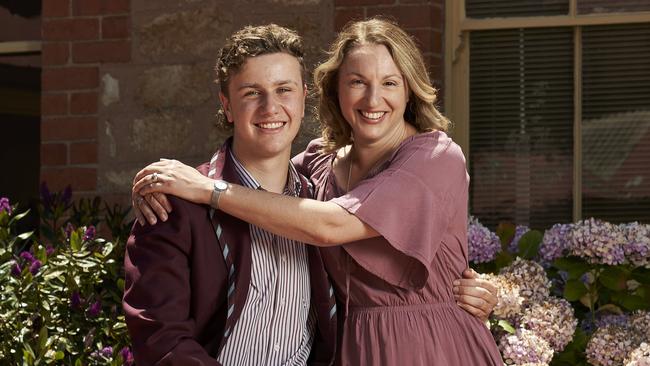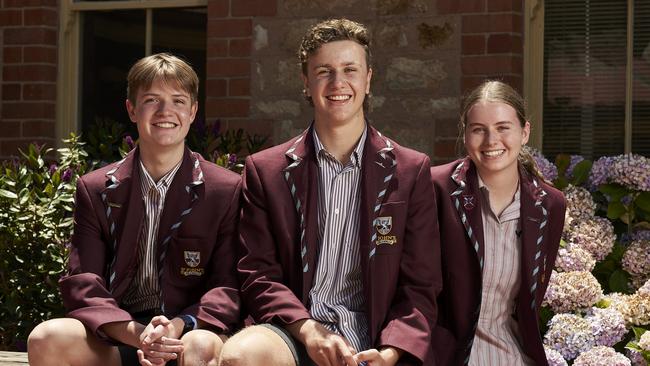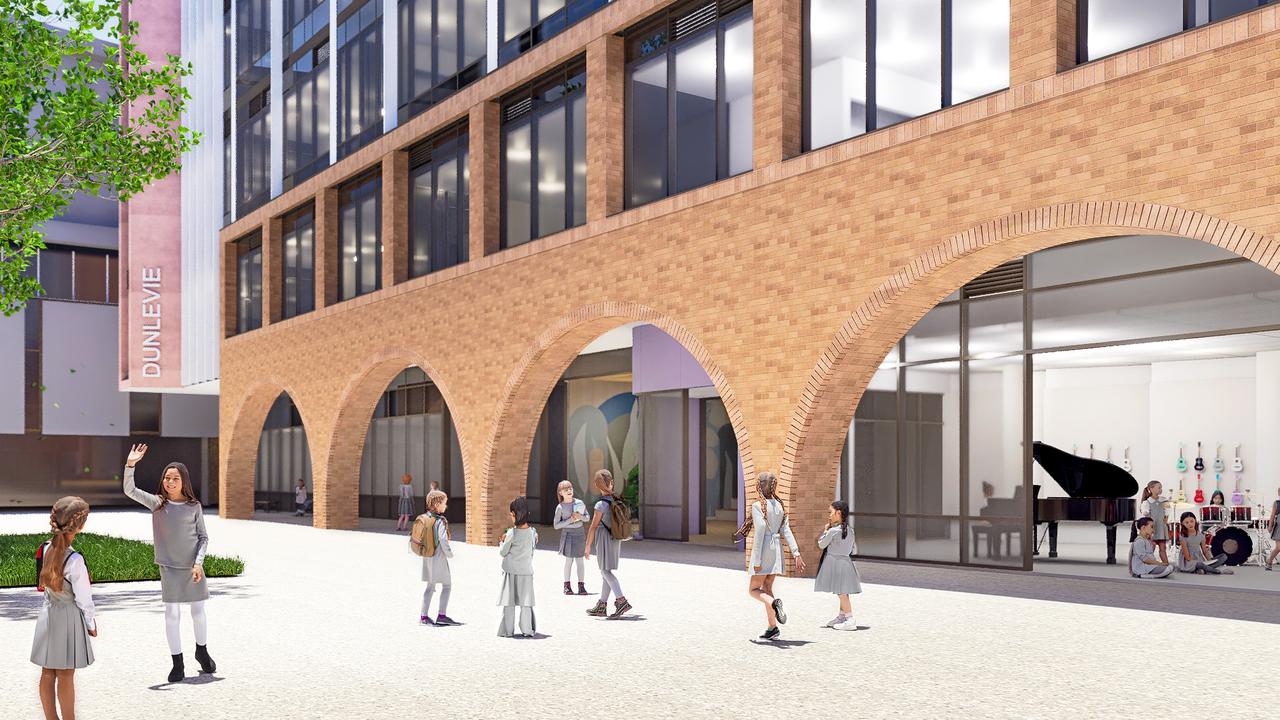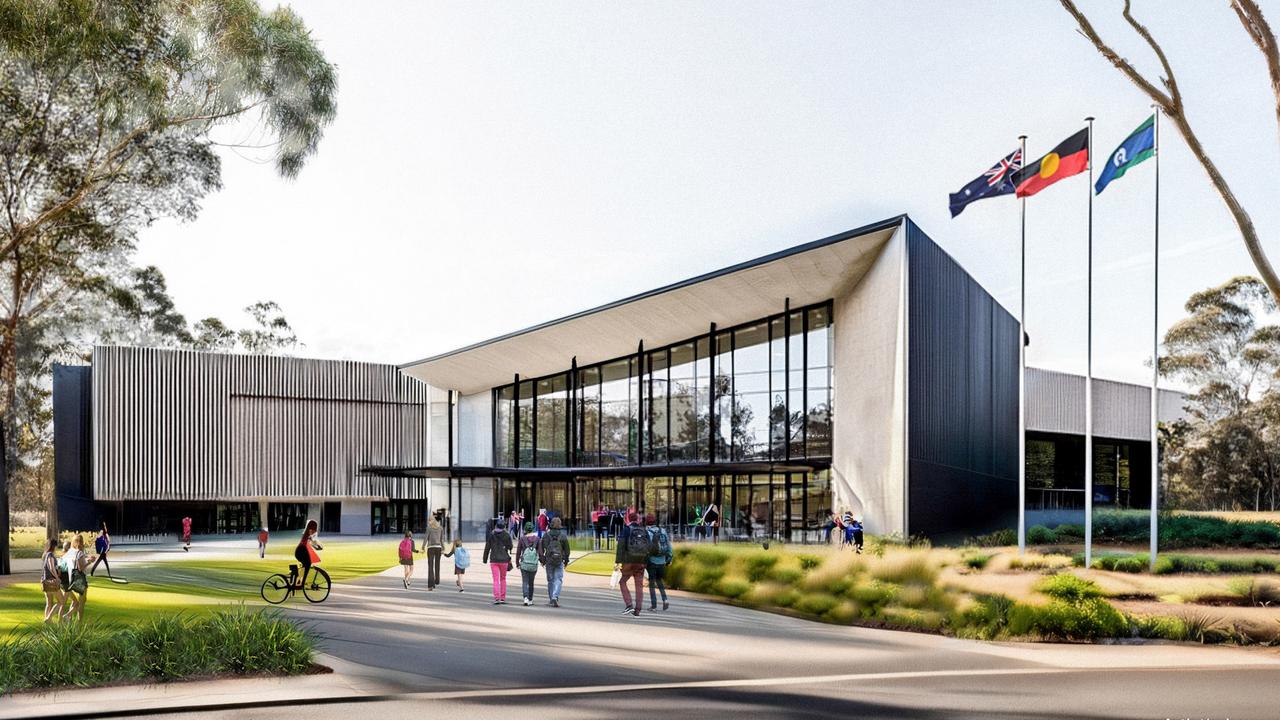Listed: Year 12 fees for 2022 at more than 30 of SA’s most expensive private schools
How has the pandemic affected tuition fees at SA’s top private schools? Here’s what parents are paying this year – and there’s a big change near the top of the list.
Schools Hub
Don't miss out on the headlines from Schools Hub. Followed categories will be added to My News.
The countdown to a new school year is on and for many parents that means coughing up eye-watering fees in excess of $50,000 for some boarding school students.
While some of the state’s top private schools managed to hold off on fee hikes in 2021, an analysis of Year 12 fees shows most have implemented modest increases in 2022 as the global pandemic enters its third year.
Every school that falls under the governance of Catholic Education South Australia (CESA) has committed to cutbacks.
According to base rates, Walford Anglican School for Girls remains the most expensive, at $28,580, for a Year 12 day student – and those who opt to study the International Baccalaureate Diploma (IBD) are charged an additional $2600.
The state’s 10 dearest schools remain the same as 2021, with little change in the order except for coeducational school Pembroke ($28,293) moving ahead of all-boys Prince Alfred College ($28,200), as the state’s second most expensive school for Year 12 students.
However, when the annual boarding cost for a single Year 12 student is factored in, it’s the boys’ colleges that rate as the most expensive with PAC and St Peter’s College each charging $55,283, ahead of Pembroke at $54,603 and Walford at $53,180.
St Peter’s College charges the most for the IBD course with $3000 added to the tuition fee.
Schools such as Pulteney Grammar School, Immanuel College, Loreto College and Concordia College which froze fees last year have each announced increases of between 2.5 and 3 per cent in 2022.
“Immanuel College has been able to limit the 2022 tuition fee increase for Year 8 to 12 students, and boarding fees, to 2 per cent based on increases in salary-related costs,” a spokeswoman says.

St John’s Grammar at Belair went further in 2021, slightly reducing its fees and this year the school’s board decided to increase tuition fees by 1 per cent while keeping other charges, such as the compulsory composite fee, unchanged.
“Fee setting is always a challenge but it’s been particularly difficult during Covid,” says board chair Jodie Benveniste.
“We’ve found creative ways to reduce some expenses … our overriding commitment has been investing even more in our community’s wellbeing, including teaching resources, IT infrastructure and minimising fee increases.”

Association of Independent Schools of SA chief executive Carolyn Grantskalns said most schools were sensitive to the financial pressure many parents faced due to the economic downturn.
“Schools do try to minimise fee increases because they are aware that many parents make considerable sacrifices to be able to choose the school they think is right for their child,” she says.
“(But) all schools experience cost increases each year from a range of sources including salary rises, insurance costs and other additional costs related to the pandemic at the moment.
“In 2022, some schools are facing a reduction in both state and commonwealth funding and this may mean that fees must rise to replace that income.”
CESA director Neil McGoran said all Catholic diocesan secondary schools have reduced fees this year.
“We are continuing the fee remissions that commenced at the start of the pandemic,” Dr McGoran says.
“Our secondary and combined (R-12) colleges continue to monitor school affordability very closely, and many have reduced fees for next year, some by as much as $1200.”
Some Catholic colleges such as Loreto, Saint Ignatius and Cabra are governed by specific religious orders and set their own fees separate to CESA.





